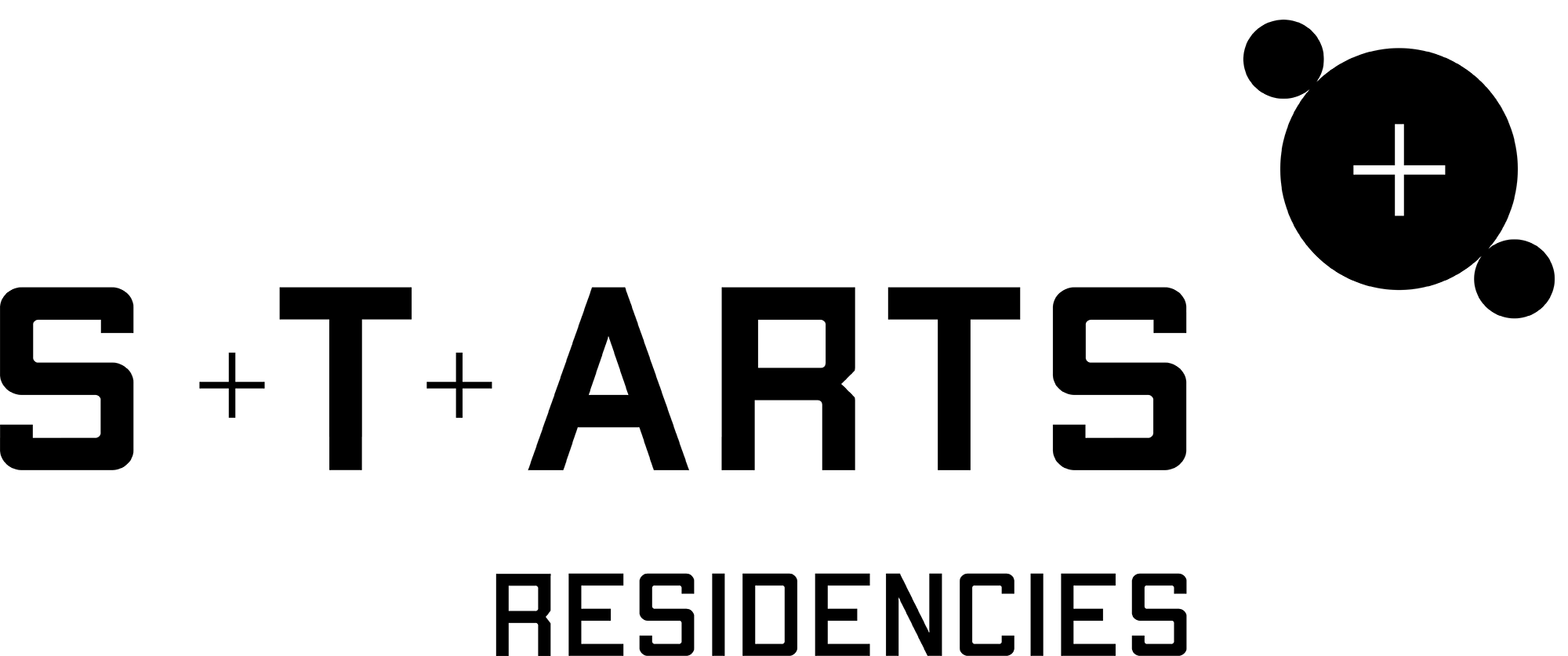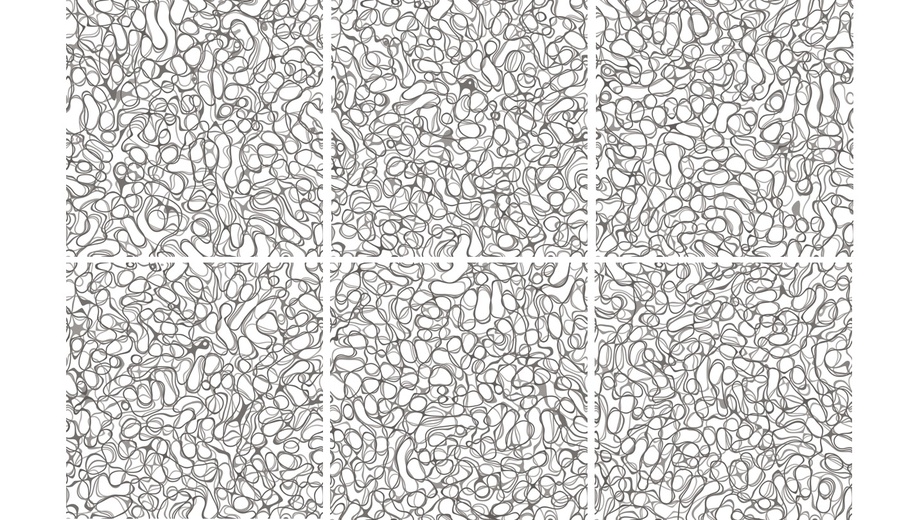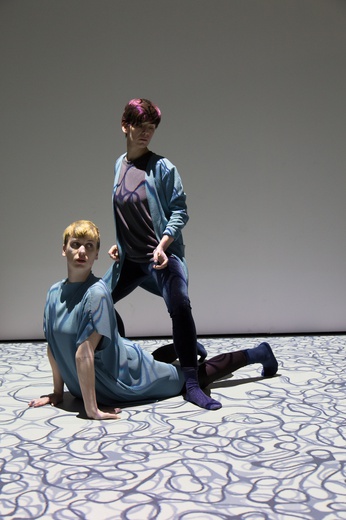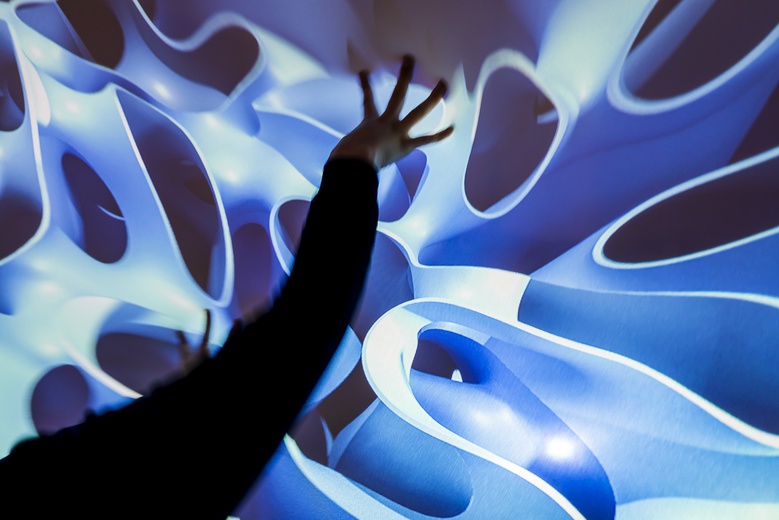Tech Project
Description of the challenges faced by the Tech Project
The research goal of the EU projects are on single-photon detectors, which are crucial in several fields such as quantum information, medical physics, security, metrology, aerospace, electronics and biotechnology and sensing and photonic applications. The purpose is to go beyond the state-of-the-art, by delivering a complete set of novel photon counting detectors integrated on a Si standard substrate by considering a novel deposition approach, termed vertical hetero-epitaxy (VHE) and for the second project to explore the potential of instabilities in thin films to form complex patterns and nano-architectures to be used in high-throughput industrial chain of production. Our part in these projects is to provide computational modeling of the processes. This requires new modeling approaches, new numerical algorithms, new visualization and data analysis tools and the use of high performance computing.
Brief description of technology
High performance computing of evolution equations to model material processes such as spinodal decomposition, epitaxial growth, solid state dewetting or fluid flow often leads to aestetic patterns. In various examples these patterns have been used for art and design projects, they have been exhibited at the 3D PrintShow in London in 2012, recieved a honorable mention at the VMODERN furnature design competition in 2015, were awarded with the Art&Science prize of the City of Dresden in 2017 and can be downloaded as interactive apps and wallpapers for smartphones, see www.axelvoigt.com for details.
What the project is looking to gain from the collaboration and what kind of artist would be suitable
We can think of a wide range of artists and don't want to restrict the possibilities. The mentioned cases (fashion design, media art) are only two possible examples. The general goals are twofold, one is simply related to outreach activities. The goal is to reach people who usually do not come in contact with mathematical research, to show mathematical research in an unexpected content. This will be a side effect of any kind of art work related to our computational materials research. The second, more scientifically oriented, looks for intuitive interactive ways to explore complex material structures without highend equipment.
Resources available to the artist
office space, highend computer equipment, simulation software and access to high performance computer, maker space and media center facilities, incorporation in interdisciplinary team (mathematics, computer science, physics, material science), assistence by all technical aspects for whole period by scientists Sebastian Reuther, Marco Salvalaglio and Florian Stenger, 5 hours per week of Axel Voigt will also be available for artistic production, participation on project meetings, depending on knowledge we can make the simulation code available and provide computing time, or run the simulations accoring to the ideas of the artist by us and assist in postprocessing and visualizing them.




